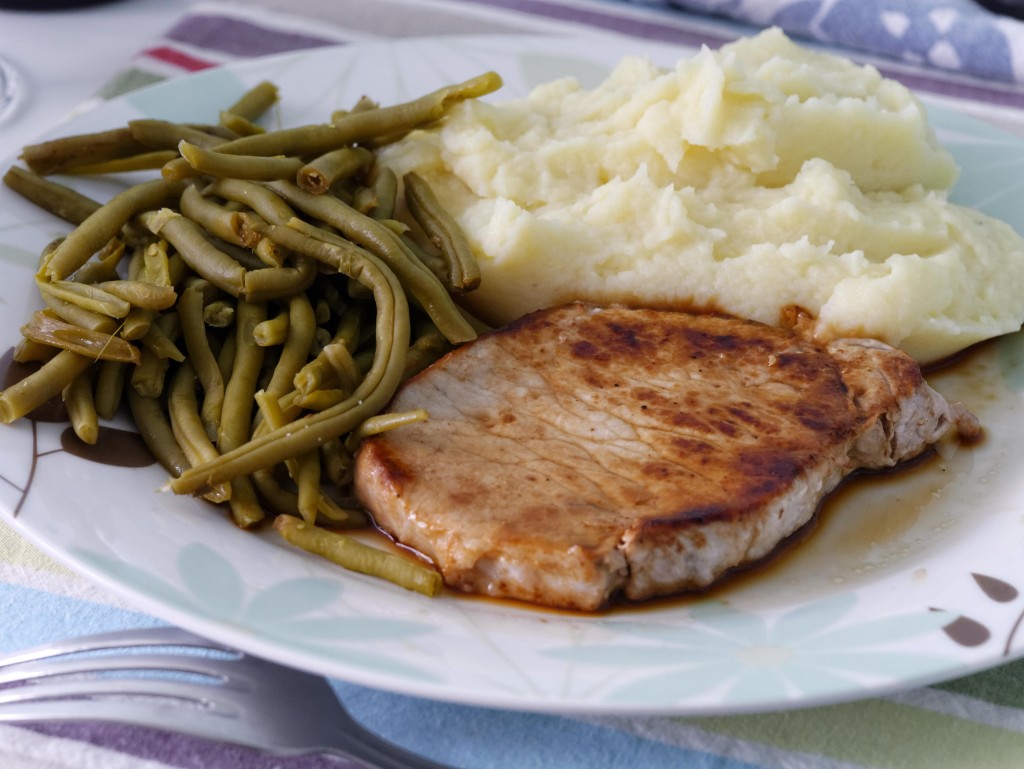This post may contain affiliate links which won’t change your price but will share some commission.

Let’s face it, eating a special diet, whether it is GAPS, AIP, LCHF, or something else means mostly cooking from scratch and it can take a lot of time. In my house I have several diets to navigate. My husband is low carb/high fat to deal with his prediabetes, my oldest dd is gluten free and dairy free, and my youngest is gluten free.
1. Plan your menus in advance.
Alright I admit I am not so good at this, but when I do it I am really glad. It is so much easier to coordinate my grocery shopping when menus are planned and I know what we need. And if something is on sale that I didn’t anticipate, I can always adjust the menu a bit and move one dinner over to another spot. And when you are navigating various diets, you can plan around what you have in common. So if everyone can have hamburger you can plan a meal that includes hamburger for everyone as the base, but the LCHF husband can eat a burger with a side dish of coleslaw and the rest of the family can have chili with GAPS legal lentils and navy beans and have coleslaw on the side as well.
2. Do bulk cooking.
This can be a simple as cooking double when you make a meal and freezing the extra meal for later (or if you don’t have a freezer or it is full you can just save the meal for later in the week.) It can also be once a week or once a month bulk cooking where you can a large amount of a few recipes and freezer the extra for those busy days (but aren’t they all busy? !!). Or it could be bulk cooking for one particular diet and then having food already prepared for one of the people you are cooking for. And if you don’t have a freezer that is a very useful tool while on a healing diet where so much is made from scratch, so you may want to prioritize saving for one.
3. Focus on the common denominators if you have different diets to cook for.
For instance I will often make a stovetop casserole that has meat and veggies that everyone can eat. Then I will pull out my daughter’s food before I add the cheese or starch. Next I will add cheese if it call for that and serve my husband. And then I add in the rice or noodles or whatever it calls for and serve the rest of the family. If I don’t forget I save a bit of the starch and add it to my daughters separate bowl. It gets a bit crazy but we can all essentially eat the same meal. That is a clear time saver.
4. Prep your meats and veggies when you return from shopping.
If you cook smaller servings of meat, then separate that before you freeze it and have it in the size packages that you use. With vegetables you can clean those when you bring them home so they are ready to use. You can also cut veggies and fruit up when you get home and store them in air tight containers in the fridge so they are ready for you to use when you are cooking. Garlic is one that you can put through the food processor and have shredded. Just use within a week of the shredding.
5. Clean up as you cook.
If you do this it may slow you down a little but when you finish your meal there will not be a sink full of dishes. If you have a family member trained to do your clean up, no problem. But I find it much easier to get it done myself as I go. Plus I find it is a much nicer work space for me when I am keeping the dishes under control.
6. Find simple recipes to use with less ingredients.
These recipes are easier to learn and take less time. You are not trying to be Julia Childs or Martha Stewart. You are just trying to make your own food.
7. Take time to research and understand how critically important it is to nourish your body and that of your family with good real food.
If you are on the GAPS diet or the AIP or low carb, high fat, you need to understand the reasons for these dietary changes because it will carry you through the really challenging days. The more we understand how important it is the easier it is to find the motivation we need to change.
8. Give yourself time; the learning curve is often very steep in the beginning of a dietary change.
If you are navigating several diets it is even steeper. That is why you don’t want to start too many new diets all at once. Start with 1 for the most critical health issues and make smaller changes for the rest of the family.

Leave a Reply